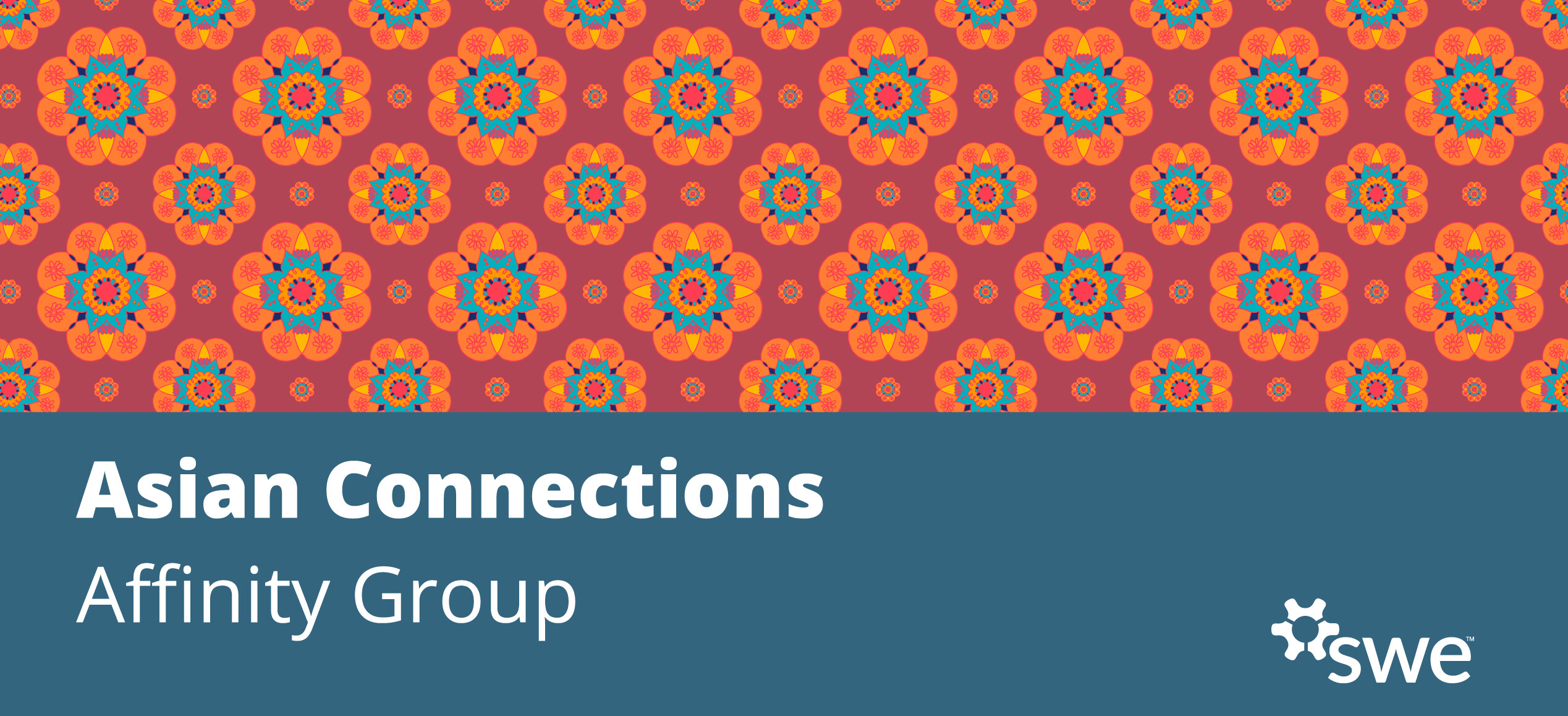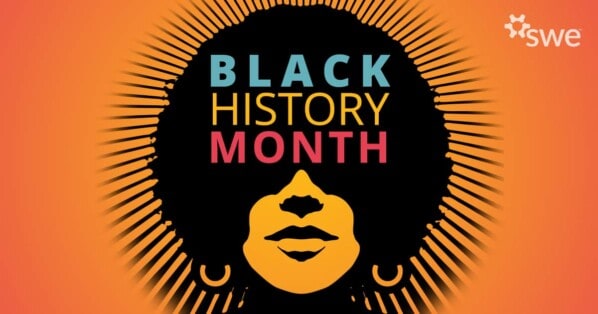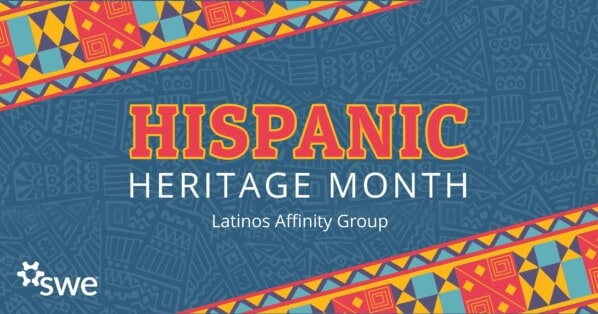Growing up in Saigon, Vietnam, in the early 1970s, I always thought of the United States (I called it “Nước Mỹ”) as a magical, wonderful place. My dad had been to San Francisco, and I loved hearing him tell stories about how he walked across the Golden Gate Bridge. I did not know that I would be arriving in the U.S. as a refugee in 1975. Before coming to the U.S., I had never met an American citizen and really had no idea what life in America was truly like. I remember watching one of the moon landings on television and thought it was so amazing. I think that many who live outside of the U.S. still have some of the same feelings I had as a child ― the U.S. was a place full of opportunities where dreams can come true.
Starting school in the second grade in the U.S. was strange for me. I did not speak English, and the elementary school in my small coastal town in New Jersey did not have an English as a second language program. So, they created one to accommodate me. It felt very odd to be the only Asian student in a sea of white children. I joined a Girl Scout Brownies troop and started to blend in with my newfound culture. Growing up in a mostly white community, history lessons also seemed to focus a lot on the founding fathers and the accomplishments of American leaders, scientists, poets, and authors ― all of whom were mostly white men. Occasionally, we would learn of accomplished women and African Americans. The only Asian part of my history lessons growing up in America was the mention of the Chinese immigrants who helped to build the Transcontinental Railroad in the 1860s, the internment of Japanese Americans during World War II, and the Vietnam War.
Although my parents told me that I was special, the lack of any historical information about Asian American contributions led me to believe that my being Asian was not special in any way. I did not know that in the 1940s and 1950s, Chinese-born woman physicist Chien-Shiung Wu, Ph.D., improved technology for the detection of radiation and the enrichment of uranium that was crucial during the Manhattan Project, the research program on atomic weapons during World War II. I was not taught that Philippine-born immigrant Larry Itliong formed the Filipino Farm Labor Union in 1956, working to gain farm workers better pay and working conditions.1 I did not learn that during World War II, Korean American Navy Lieutenant Susan Ahn became the first female gunnery officer or that Bangladeshi American architect/structural engineer Fazlur Rahman Khan designed the Sears Tower that became the tallest building in the world in 1970. 2
I only learned that the first Asian American astronaut to go into space was Ellison Shoji Onizuka when I lived through the Space Shuttle Challenger disaster in 1986. As stated by Helen Zia, a Chinese American activist, to Time magazine, “Students can go through their whole educational life, not hearing a single fact or historical reference to Asians in America. We need to teach how Asian Americans experience life and race in America, and how Asian Americans have stood up not just for other Asians, but for all Americans to fight against racism.” 3
Therefore, it is vitally important for all Americans to learn about the contributions of the largest growing ethnic group in America.4 The celebration of Asian American & Pacific Islander Heritage Month (AAPIHM) provides that opportunity to learn and celebrate those contributions that helped to shape the United States and the world. It is also an opportunity for Asians in America to learn a bit more of their own history. Even in 2024, Asian Americans born and raised in the U.S. still experience racialization perceptions as foreigners.5 I am thankful that SWE has provided a community for Asian American engineers like me to collaborate, network, grow, and learn from each other through the Asian Connections Affinity Group. This group has provided me with a great sense of belonging. I have made many meaningful friendships and learned from the members of this group. I am proud to help celebrate this AAPIHM with my perspective on Asians in America.
Stay in the loop with the Asian Connections AG by subscribing to their updates via the Communications Preferences in your member portal, or check out their Linktree.
Sources
- https://www.history.com/news/asian-american-inventions-contributions
- https://www.pbs.org/education/blog/why-teach-asian-american-history
- https://time.com/5956943/aapi-history-milestones/
- https://www.pewresearch.org/short-reads/2021/04/09/asian-americans-are-the-fastest-growing-racial-or-ethnic-group-in-the-u-s/
- https://www.state.gov/briefings-foreign-press-centers/understanding-america-asian-american-history-contributions-and-current-challenges/
Author
-

Tuyet-Hanh Schnell is a Principal Member Engineering Staff at Lockheed Martin. In her 33-year career, she has held both technical and functional leadership roles. She has worked in HW, SW, FW, and System Engineering. She travels extensively to Asia to support her customers. She is a Lean Six Sigma Green Belt and Agile Coach and uses that knowledge to help teams improve and work together more efficiently. She serves as the FY24 President of the Southern NJ SWE section and is a member of the SWE Outreach, SWE Next, and Awards & Recognition committees. She resides in NJ with her engineer husband and their 2 children.






